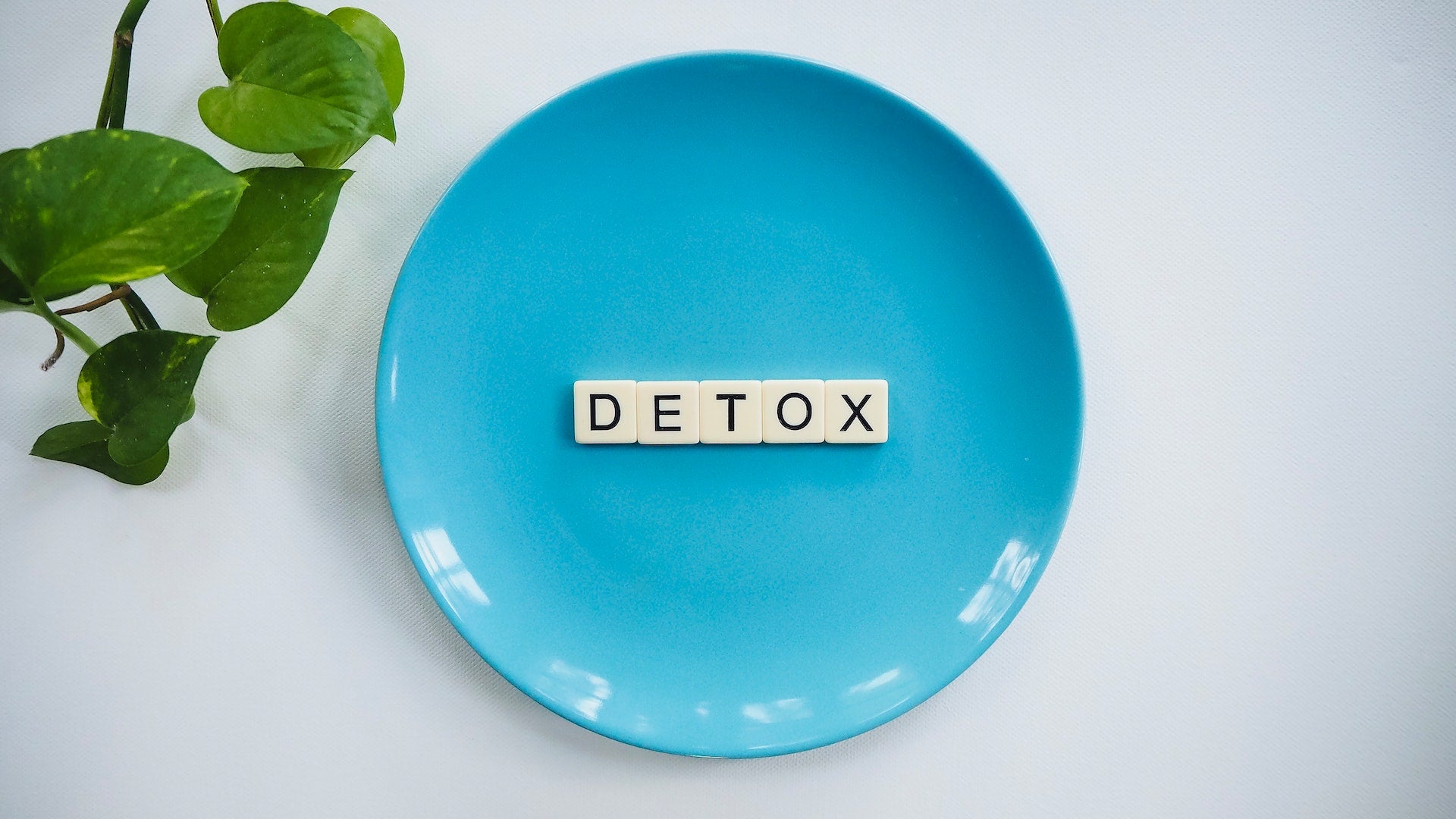Shampooing is a routine part of our lives, aiming to cleanse and beautify our hair. However, what many people may not realize is that some shampoos contain toxins that can have a detrimental impact on our health. In this blog post, we will explore the hidden dangers of toxins in shampoos and shed light on how they can affect our overall well-being.
Understanding Toxins in Shampoos:
Toxins in shampoos refer to harmful chemicals and ingredients that can have adverse effects on our bodies. Common culprits include sulfates, parabens, phthalates, synthetic fragrances, and formaldehyde-releasing preservatives. These substances are added to shampoos for various reasons, such as enhancing lather, preserving the product's shelf life, or creating a pleasant fragrance. However, their long-term effects on our health are a cause for concern.
Impact on the Scalp and Hair:
The scalp, being the foundation of healthy hair, can suffer from the presence of toxins in shampoos. Sulfates, for example, are known to strip away natural oils, leading to dryness, irritation, and potential damage to the scalp and hair follicles. Additionally, certain chemicals can disrupt the natural pH balance of the scalp, resulting in imbalances, dandruff, and even hair loss over time.
Systemic Effects:
Toxins in shampoos not only impact the scalp and hair but can also have systemic effects on our overall health. Parabens and phthalates, which are commonly used as preservatives and fragrance stabilizers, have been linked to endocrine disruption. These chemicals can mimic hormones in our bodies, potentially interfering with the normal functioning of the endocrine system. This disruption has been associated with reproductive issues, developmental abnormalities, and an increased risk of certain cancers.
Allergies and Sensitivities:
Many individuals experience allergic reactions or sensitivities to certain chemicals present in shampoos. Synthetic fragrances, for instance, can trigger skin irritation, rashes, and respiratory problems in susceptible individuals. This highlights the importance of understanding the ingredients in your shampoo and recognizing potential allergens to avoid adverse reactions.
Choosing Safer Alternatives:
Thankfully, there are alternatives available that can help mitigate the risks associated with toxins in shampoos. Consider the following steps when selecting a safer option:
1. Read Labels: Carefully examine the ingredient list on shampoo bottles. Look for products labeled as "sulfate-free," "paraben-free," "phthalate-free," and "fragrance-free."
2. Natural and Organic Options: Explore natural and organic shampoos that utilize plant-based ingredients and avoid harmful chemicals. Look for certifications like USDA Organic to ensure authenticity.
3. Educate Yourself: Familiarize yourself with common toxic ingredients and their potential health effects. This knowledge will empower you to make informed choices and identify safer products.
4. DIY Alternatives: Consider homemade shampoos using simple ingredients like castile soap, essential oils, and natural extracts. This way, you have full control over what goes into your hair care routine.
5. Support Transparent Brands: Look for companies committed to transparency and sustainability, with a clear stance on avoiding toxins and harmful ingredients.
The presence of toxins in shampoos poses a significant threat to our health, potentially impacting our scalp, hair, and overall well-being. By understanding the risks associated with common chemical ingredients, reading labels diligently, and opting for safer alternatives, we can take control of our hair care routines and prioritize our health. Making informed choices and advocating for safer products will contribute to a healthier and more sustainable future for our hair and bodies.




